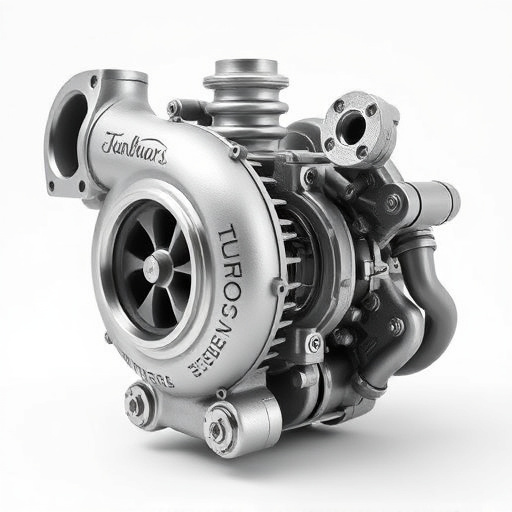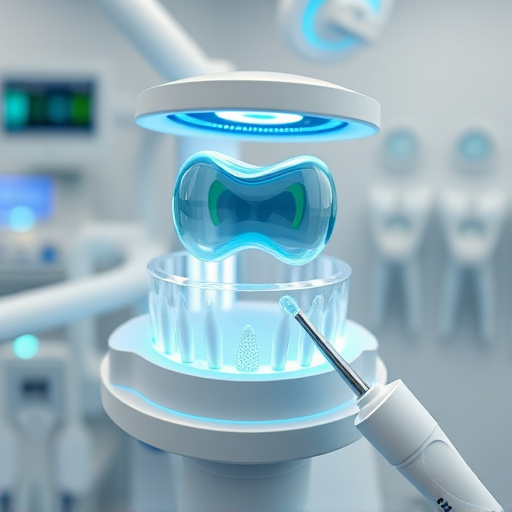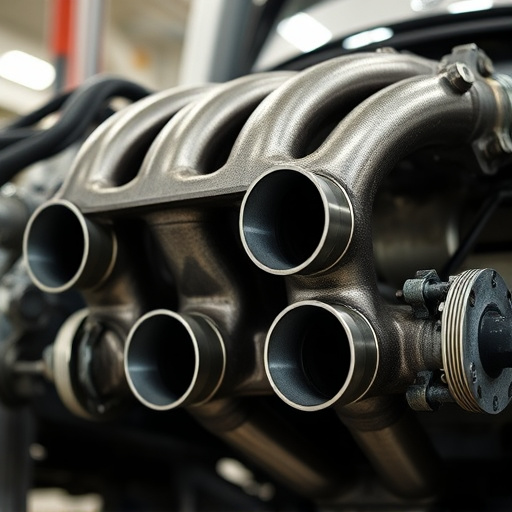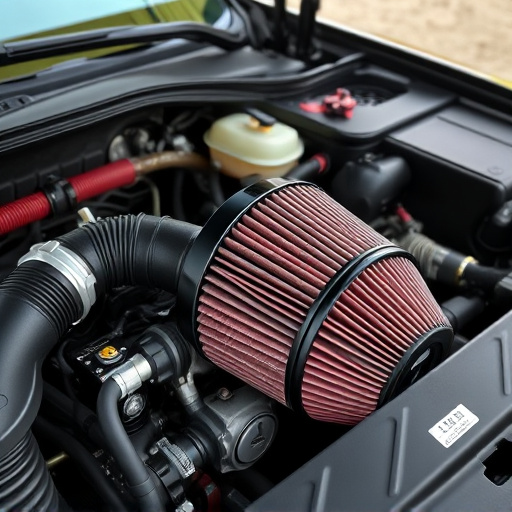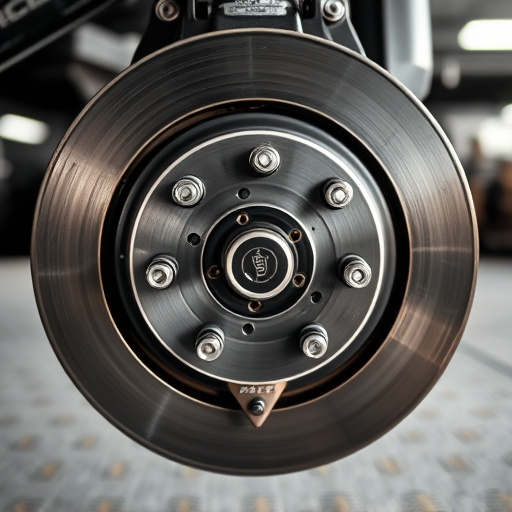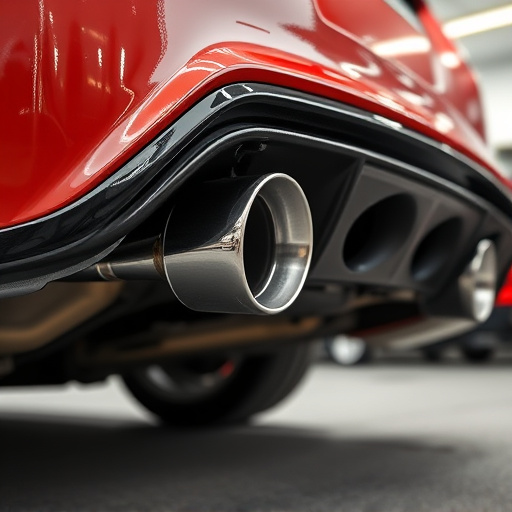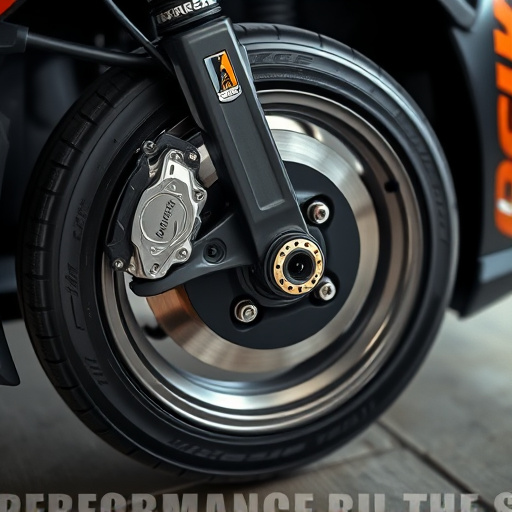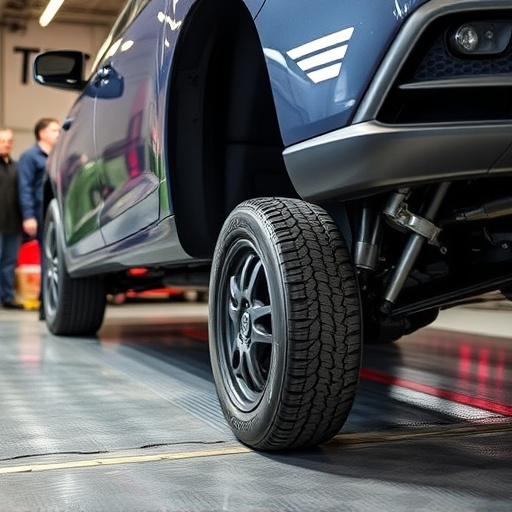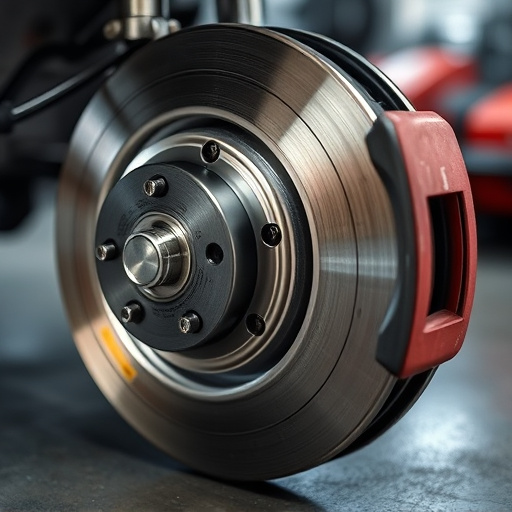A turbo wastegate optimizes air flow in turbocharged engines, controlling exhaust gas release for higher pressures, enhanced efficiency, and complete combustion. Strategic integration reduces turbulences, improves safety, and provides smoother boost transitions. Modern innovations use robust materials and precise engineering to enhance the turbo wastegate's performance and reliability, supported by advanced air intake systems. This integrated approach prioritizes both high-performance and safe automotive operations.
A turbo wastegate is a critical component in turbocharged engines, regulating exhaust flow to enhance performance. Understanding its basic principles is key to appreciating its role in improving power delivery and overall engine safety. This article delves into the fundamentals of turbo wastegates, explores how they boost power output, and examines modern design innovations that prioritize safety. By the end, readers will grasp the significance of this component in today’s automotive landscape.
- Understanding Turbo Wastegates: The Basic Principles
- How a Turbo Wastegate Enhances Power Delivery
- Safety Considerations and Modern Innovations in Turbo Wastegate Design
Understanding Turbo Wastegates: The Basic Principles
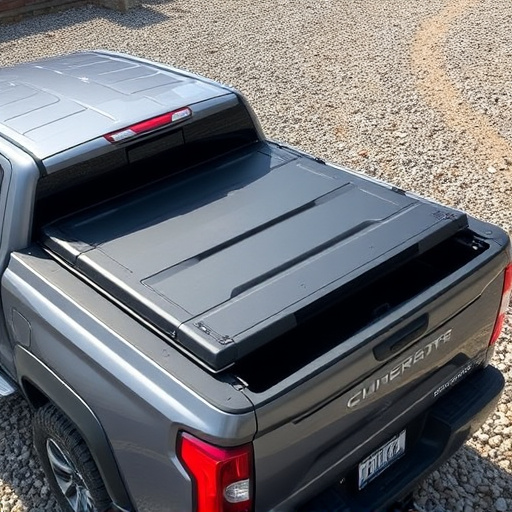
A turbo wastegate is a mechanical valve that controls the flow of exhaust gases from the engine to the turbine side of a turbocharged engine. By selectively routing exhaust around the turbocharger, it enables precise control over the turbo’s boost pressure. This technology is crucial for improving both power delivery and safety in high-performance vehicles.
The basic principles involve managing exhaust gas flow to optimize the turbocharger’s efficiency. During normal operation, when the driver applies throttle, the wastegate opens, allowing a portion of the exhaust to bypass the turbocharger. This reduces backpressure, enabling the turbo to spin faster and compress more air, resulting in increased power output. In contrast, under heavy load or during deceleration, the wastegate closes, ensuring maximum boost for improved performance and safety at high speeds. This dynamic control also helps protect the turbocharger from damage by preventing excessive boost pressure. Additionally, modern turbo wastegates often incorporate advanced materials and designs, such as carbon fiber or precision-engineered components, to enhance durability and reduce backpressure further, complementing other modifications like suspension kits and exhaust mufflers (or muffler tips).
How a Turbo Wastegate Enhances Power Delivery

One of the key ways a turbo wastegate enhances power delivery is by optimizing air flow within the engine. Unlike traditional wastegates that simply close off part of the exhaust system, a turbo wastegate allows for precise control over when and how much exhaust gas is released. This enables the turbocharged engine to maintain higher pressures for longer durations, resulting in increased forced induction efficiency. By managing exhaust gas flow, the turbo wastegate ensures that fuel and air are mixed optimally, leading to more complete combustion and thus, a surge in power output.
Furthermore, the strategic integration of a turbo wastegate into the suspension components or high-performance parts of an automobile improves overall performance. The ability to quickly adjust the exhaust valve allows for smoother transitions between boost levels, reducing turbulences that could potentially damage other parts of the engine. This not only enhances safety but also contributes to a more responsive and consistent power delivery, particularly during dynamic driving conditions. As such, upgrading to a high-performance wastegate is often part of the setup for those seeking to maximize the potential of their vehicles with suspension kits designed for optimal performance.
Safety Considerations and Modern Innovations in Turbo Wastegate Design

The turbo wastegate, a critical component in turbocharged engines, has evolved significantly over time, driven by demands for both improved performance and enhanced safety. Modern innovations in turbo wastegate design prioritize safety considerations, ensuring that high-performance vehicles can deliver power efficiently while minimizing risks. One of the primary focuses is on robust materials and precise engineering to withstand extreme pressures and temperatures, a crucial aspect given the intense operating conditions in turbocharged engines.
Additionally, recent advancements in air intake systems, including sophisticated performance air filters, have contributed to the overall safety of turbo wastegates. These advanced intake components play a vital role in maintaining optimal engine performance while filtering out contaminants that could potentially harm the wastegate mechanism. This integration of innovative technology across various elements of an automobile’s system underscores the ongoing pursuit of both high-performance and reliable operations.
The turbo wastegate, by efficiently controlling exhaust gas flow, plays a pivotal role in enhancing power delivery and ensuring safety in turbocharged engines. Understanding its basic principles and modern innovations highlights how this component optimizes performance while addressing critical safety concerns. The continuous advancements in turbo wastegate design underscore their importance as game-changers in the automotive industry, offering both improved efficiency and enhanced driver experience.
